You are here: Home / Off Road / How Much Slime To Put In Atv Tire?
Jonathan Holmes
How much slime to put on tires? If you have large tires on your Motorcycle, ATV, Truck, Tractor or Passenger Vehicle, use our handy Slime Calculator (Application Table) to determine exactly how much Slime to install as your tire may require more than our general application amount.
How much is ATV tire injected? In addition, the amount required to be injected in an ATV tire is up to 32 ounces of product, not only does that slime tend to build up and coat the inside of the tire, but there is concern that it also creates an uneven balance in the tire since the slime can tend to collect in certain areas of the tire.
What is the best tire sealant for an ATV? In fact, this works so well that it will last the entire life of your tire and even works on tires that you thought were unusable from dry rot. It’s a tire sealant for your ATV and the one I recommend most is TireJect Tire Sealant.
Keep reading below to get my take on it or you can simply head over to Amazon to see what it is currently selling for.
What is slime tire sealant? Slime Tire sealant instantly and repeatedly repairs tread area punctures up to 1/4″ in diameter using Fibro-Seal® Technology. Use as a repair measure in Highway vehicles. How much Slime per tire?: To find out how much Slime you need in your tires, select a standard tire size below.
Table of Contents
There is no air inside your Slime bottle, just the powerful puncture preventing liquid. The liquid doesn’t expand (like a foam) when it enters your tire. Instead, as your tire rotates, the liquid coats the inside of the tire (Which is why Slime doesn’t work inside inflatables – no rotation.
in each rear and 34 oz.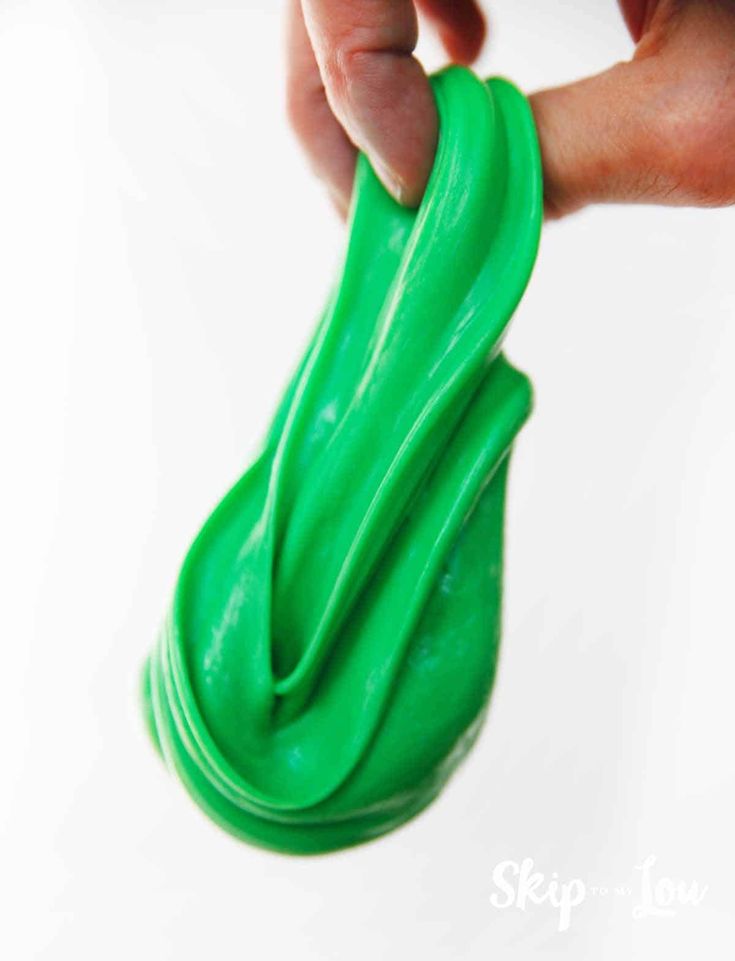 in each front , ULTRASEAL comes in a gallon container with a hand pump and each stroke is 2 oz. if I remember correctly FYI , Slimes Website says that after 2 years their product needs to be replaced and ULTRASEAL lasts the life of the Tire
in each front , ULTRASEAL comes in a gallon container with a hand pump and each stroke is 2 oz. if I remember correctly FYI , Slimes Website says that after 2 years their product needs to be replaced and ULTRASEAL lasts the life of the Tire
2 years
Can Slime tire sealant be added to a tire to balance it? No.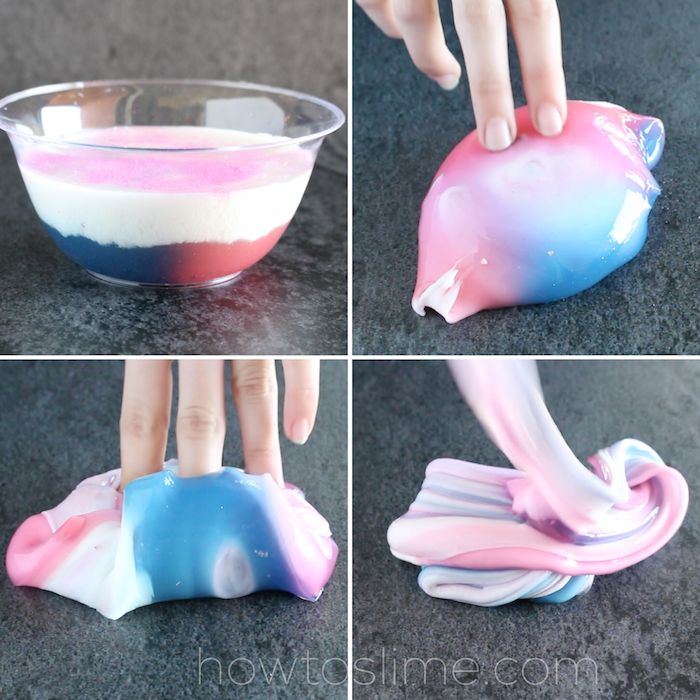 We do not recommend using Slime for this purpose.
We do not recommend using Slime for this purpose.
Tire sealant may also damage the sensors inside your tire, keeping the pressure constant and failing to alert the driver inside the car if the tire pressure was to actually become low. It’s not a permanent fix for a flat tire. Leaky tire sealant has been known to corrode wheels, which can be costly to replace.
Slime will not seal bead leaks or large punctures. If you are installing Slime to repair an existing puncture, we recommend checking the tire for puncturing objects and removing any if found. This forces the sealant to flow around the inner tube or tire allowing it to locate and repair the puncture.
– Remove the wheel from the car.
– Remove any excess air left in the tyre by putting pressure on the valve stem.
– Get rid of the corroded parts of the rim.
– With solvent appropriate for rubber, wipe the area of the tyre that touches the rim.
Will Slime damage my rims? If pre-existing damage is present, we do not recommend using Slime.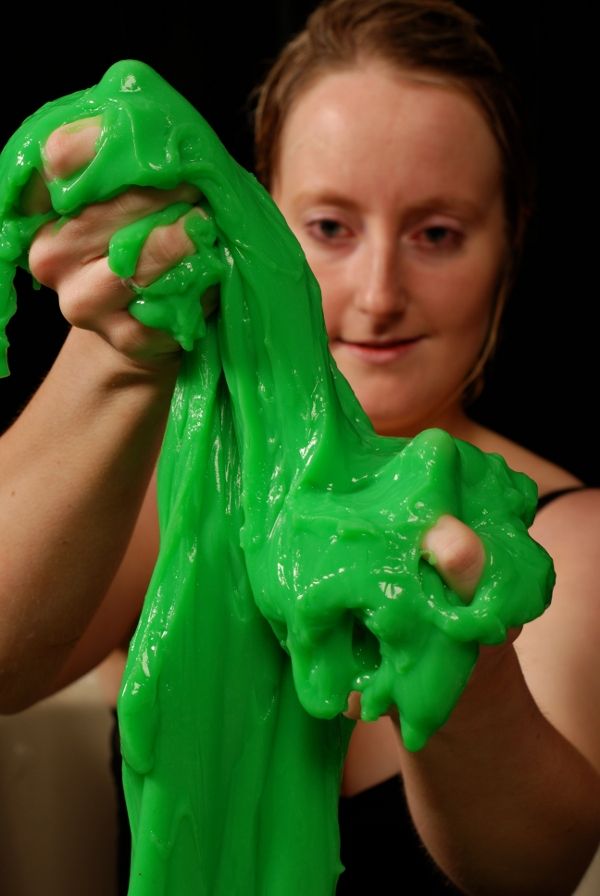 Do not leave Slime inside your tires for more than 2 years. After that time, we cannot guarantee the integrity of your rims.
Do not leave Slime inside your tires for more than 2 years. After that time, we cannot guarantee the integrity of your rims.
I have used slime in all my ATV tires for years. Works great! Once my son had a 250ex and ran into a bunch of very thick and sharp thorns. Both fronts at at least 5 holes each.
Filed Under: Off Road
Spend $10 and 15 minutes in your garage and save hours repairing and patching flats. Slime Tire Sealant is a lifesaver.
RATING: Exceptional
MSRP: $10
BEST FOR: Everyone! Spend $10 and 15 minutes in your garage and save hours repairing and patching flats.
View on Amazon
PROS:
CONS:
Flat tires are a pain. Not only are they frustrating for kids and parents, they often sideline a bike for weeks. Fortunately, preventing flats is as simple as spending $8 at Walmart (or $10 on Amazon) and 15 minutes in the garage. Tire sealants is essentially a fiber-filled “slime” that coats the inside of a bike tube to quickly and efficiently repair and prevents flats. In most cases, Slime only needs to be added to a tire once and prevents flats for essentially the life of the tire or tube.
Not only are they frustrating for kids and parents, they often sideline a bike for weeks. Fortunately, preventing flats is as simple as spending $8 at Walmart (or $10 on Amazon) and 15 minutes in the garage. Tire sealants is essentially a fiber-filled “slime” that coats the inside of a bike tube to quickly and efficiently repair and prevents flats. In most cases, Slime only needs to be added to a tire once and prevents flats for essentially the life of the tire or tube.
In the four years we have been using Slime in our kid’s bike tires, we have only experienced one flat after our son rode through a field of thorny weeds. Honestly, with all the bike riding that gets done around here, I can’t imagine life without tire sealant! The most widely available brand is Slime and is sold at Walmart, Target, most automotive parts store and Amazon. You only need about 2 oz. of slime per 12″ tire, so the 8 oz. bottle sold in the bicycle section is sufficient for two bikes. If you have several bikes to seal, consider heading over to the automotive department where the Slime tends to be cheaper by the ounce.
In order to add the Slime you will need to remove all the air out of the tire, so be sure to have a bike pump nearby before you start.
The inner valve of the tire stem valve must first be removed before you can add any slime. While it sounds daunting, it is actually quite easy to remove using the included tool.
Once the valve is out, it’s time to add the Slime. You will need to add about 2 oz. to a 12″ tire (1/4 cup) and about 2.5 oz. for a 16″ tire. For larger tires a chart is given on the back of the slime container.
Once the Slime is in place, use the tool to re-insert the core. Next, inflate the tire to the correct PSI (listed on tire sidewall) and then spin the wheel to allow the Slime to evenly distribute throughout the tire.
Repeat steps with the second tire and then you are ready to ride.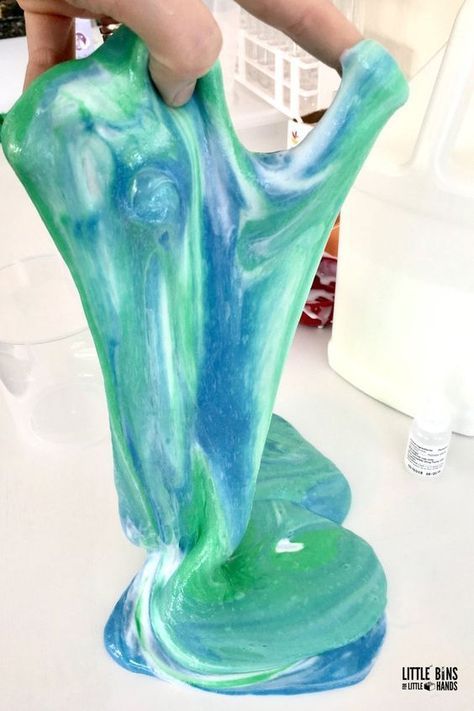 Slime does not require any waiting period, allowing the bike to be used right away.
Slime does not require any waiting period, allowing the bike to be used right away.
FTC Disclosure:Affiliate links are included in this review. No monetary compensation was provided for this review. The product reviewed was purchased by Two Wheeling Tots and not supplied by the manufacturer. All opinions and images are that of Two Wheeling Tots LLC. All content and images are copyrighted and should not be used or replicated in any way. View our Terms of Use.
Consumer disputes over the age of tires have not subsided for several seasons. Buyers are excited that the warranty period for tires is limited to 5-6 years according to GOST, and after the expiration of this period, the rubber becomes unusable.
Is this really the case, read this article.
Manufacturers of most brands on their products set Shelf life is 5 years and service life is also 5 years .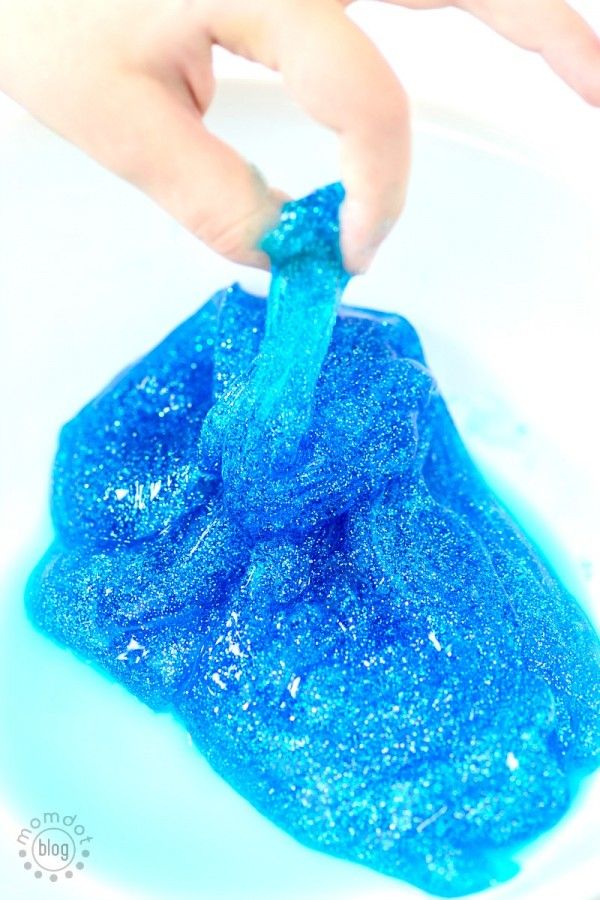
The shelf life of a tire is the period during which it retains its performance when properly stored.
The end of this period does not mean that the tires have become unusable . A shelf life of 5 years is given by manufacturers because, by law, they cannot set a shelf life higher than the service life. Tires over 5 years of storage cannot be called damaged or defective, their technical characteristics may be slightly reduced. American researchers argue that the period of storage of "shoes" must be at least 10 years. Experts from Germany are sure that it cannot exceed 6 years.
The expiration date of tires is the warranty period during which the manufacturer is responsible for the quality and condition of the tire if it was used for its intended purpose without violating the operating rules.
According to Russian legislation (GOST 5513, GOST 4754-97) , the service life of tires is 5 years from the date of manufacture.
How can I find out the date of manufacture of tires?
You can find out the age of tires by a special DOT code. Tires manufactured after 2000 in the DOT code contain two pairs of numbers, where the first pair indicates the week number of the year, and the second pair indicates the year. Earlier tires before 2000 have 3 numbers in their composition, where the first two digits are the week number, and the last one is the year (see the transcript in the photo).
Determination of the average shelf life of a tire according to GOST and operating conditions.
- The symbol ZR denotes tires for high-speed cars. They are recommended to be used at speeds over 240 km/h. up to 6 years
- Tires with the H symbol are used at a maximum speed of 210 km/h. within 5 years.
- The sign S symbolizes the maximum permissible speed of 180 km/h. and operational period of 4-5 years.
Most tire manufacturers do not agree that tire life is limited to 5 years.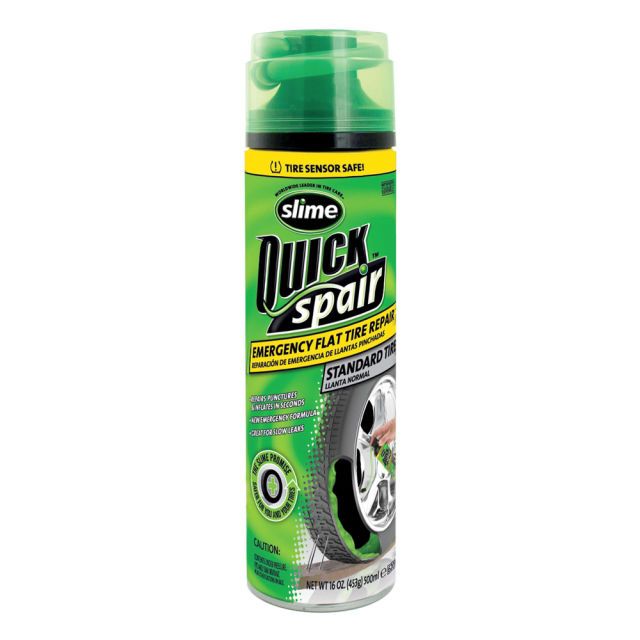 Each company has its own opinion on this matter. We analyzed several of them and the information they posted on their official websites.
Each company has its own opinion on this matter. We analyzed several of them and the information they posted on their official websites.
Michelin
The French tire manufacturer Michelin has become famous for its active fight against the perception of the rapid aging of tires as a perishable product. Her information campaign "Tires Are Not Bananas" created a lot of noise in the automotive environment. According to the representative office, several test trials were carried out in Saudi Arabia, South Korea and Germany. As a result of testing, no difference was found between new tires and tires stored for 3 years. They were tested for various characteristics such as rolling resistance, high speed durability, etc. Tires with a year life were approximately equal in performance to 10-year unused tyres.
Michelin focuses the attention of car owners on the fact that tires are not a perishable product, their shelf life is not as important as the service life is important, starting from the date the tires are installed on the rims.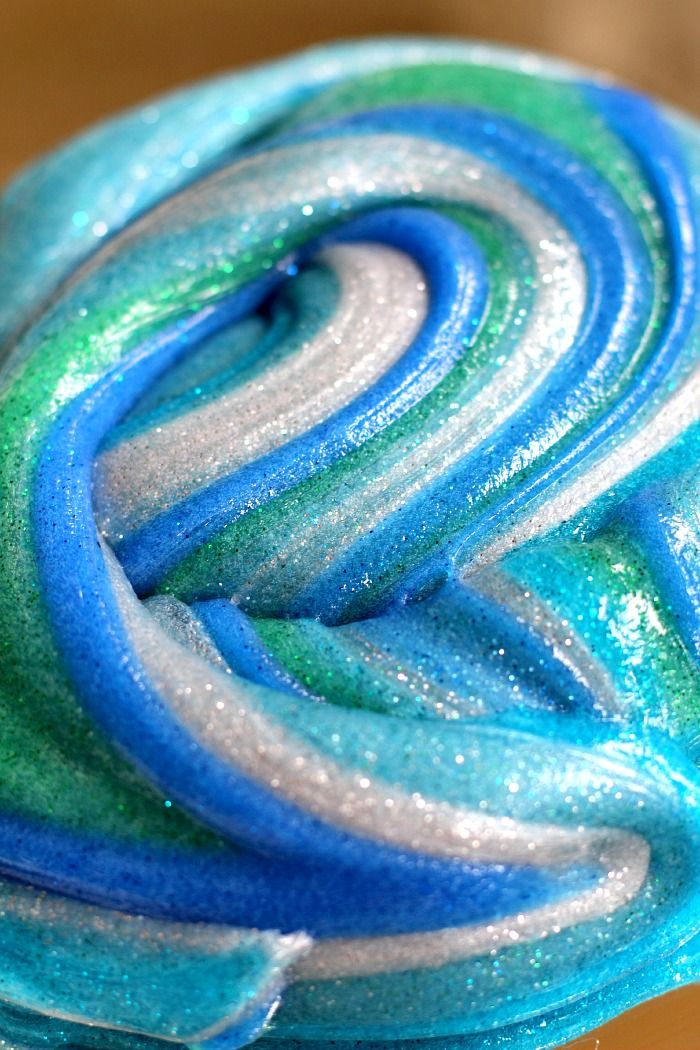 It is from this moment that the tire is subjected to all tests: pressure, temperature changes, wear, contact with uneven and sharp coatings, etc.
It is from this moment that the tire is subjected to all tests: pressure, temperature changes, wear, contact with uneven and sharp coatings, etc.
Continental
On the Russian official website of Continental, we found the following information on the expiration dates of tires.
“When a tire is stored in the correct position and under the recommended conditions, it will not lose its original balanced performance for 5 years from the date of manufacture of the tire.
A properly maintained, unused tire less than 5 years old can be sold as a new tire and used normally.
Continental recommends replacing all tires (including spares) with a sidewall date greater than 10 years.
Nokian
The following information is posted on the Nokian official website:
“Tire life is not defined by law, but tires can only be considered “new” if they have been manufactured within the last five years. The recommended service life of tires is six years and the recommended maximum period is 10 years.
The opinion of our specialists, based on many years of experience, coincides with the opinion of manufacturers: the shelf life is 5 years + the service life is up to 10 years. Moreover, more "adult" tires, in our opinion, are of better quality.
To keep tires as long as possible, they are stored in compliance with all rules and recommendations. The main condition is a cool, ventilated, darkened room away from oils, paints, ozone, and heat sources.
Rubber products tend to lose their performance over the years. To prevent and slow down this process, manufacturers add polymers to the rubber compound. They prevent oxidative processes that occur due to the interaction of protectors with oxygen and ozone.
They prevent oxidative processes that occur due to the interaction of protectors with oxygen and ozone.
The following are the main conditions for the proper storage of tires in accordance with GOST 24779-81:
Maintaining a constant regime without sudden jumps, slight temperature fluctuations from -30°С to +35°С are allowed;
Provide a low humidity level of 50-80% in a dry, ventilated cool room;
Avoid direct sunlight, use darkened hangars, shield heat sources;
Keep away from sources of heat;
Tires should not come into contact with corrosive, copper materials.
Avoid kinking, loading or positioning on an uneven surface.
Avoid contact with oils, organic solvents, acids, alkalis, fuels and lubricants on the tire surface. It is forbidden to lay tires on a wet and dirty surface.
In the warm season, when storing tires outside, they should be covered with light-tight material and raised above ground level to ensure ventilation and prevent the occurrence of the greenhouse effect.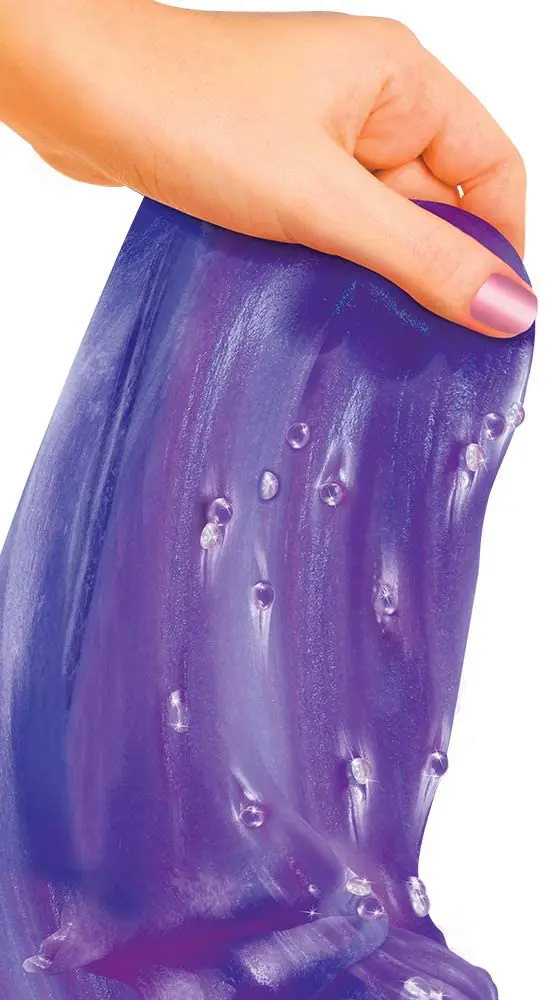
Storage on reflective, light and heat absorbing surfaces is prohibited.
Keep away from chemicals, oils, paints, open flames, electric motors that produce ozone.
Used tires must be washed and dried.
Tires without rims should be stored upright.
The service life depends on many factors: the load on the car, the quality of the roads, the driving style, the distance traveled, tire damage, etc. To increase their service life, follow these rules:
Check tire pressure every 2-3 weeks. With reduced pressure, tire wear increases by the equivalent of a % reduction. For example, a 15% reduction in pressure can result in a 15% reduction in service life. Inflated tires are less scary.
The wear of the front tires is always significantly higher than the rear ones, so it is recommended to swap them after some time, carefully watching the direction of the tread pattern and the direction of rotation.
Proper alignment of tires in relation to rims. If the direction is not the same, then performance is significantly reduced.
To prevent damage to the sidewalls of tires, avoid close proximity to curbs and high ledges.
Wash off dirt from the surface of the rubber and from deep grooves with special cleaning agents.
Adhere to an even driving style without harsh brakes and quick starts.
Do not overload the car beyond the norm. 20% excess weight leads to a 30% loss of tire life.
Keep the wheels balanced and check the alignment angles annually.
The main condition for a long tire life is:
- high quality products,
- careful operation,
- proper storage of tires in the off-season,
- timely diagnosis.
The age of tires in standard storage is a minor non-determining factor that should not be taken into account when buying them.
Previous article Next article
Article rating
4.11 (Votes: 46)
Contents
The most common pathology of ENT organs is a deviated nasal septum.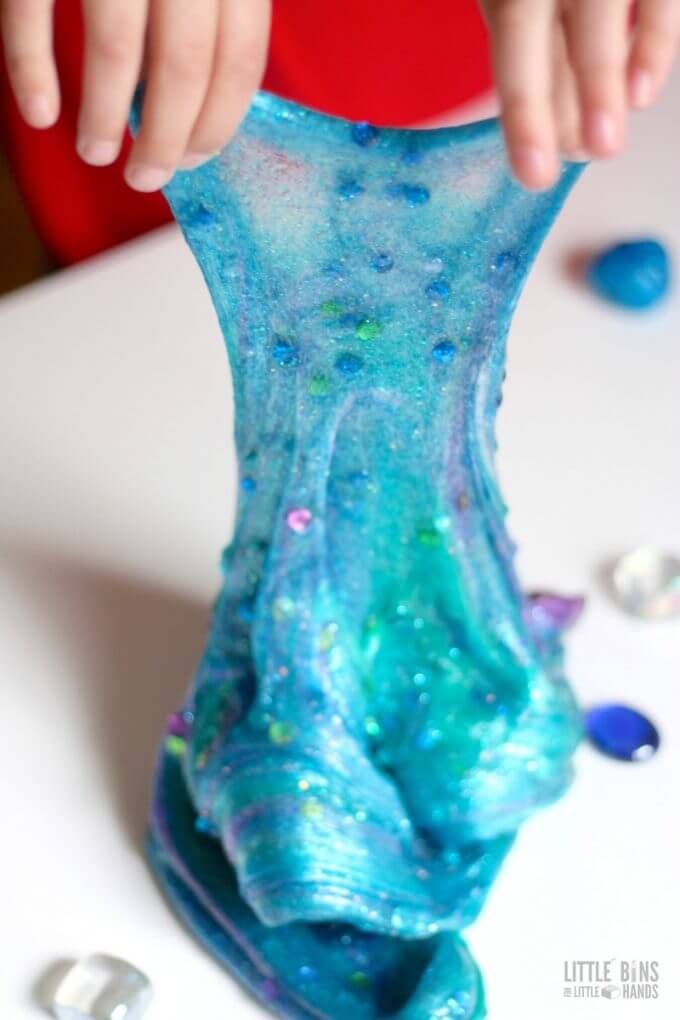 No one thinks that even the slightest curvature can cause serious diseases, such as sinusitis, nasal polyps. Why is this happening? In a healthy state of the ENT organs, only clean and warm air enters the lower respiratory tract, since it is warmed and disinfected in the nasal cavity. With a deviated nasal septum, these functions are impaired due to the fact that the air stream hits the curvature of the septum.
No one thinks that even the slightest curvature can cause serious diseases, such as sinusitis, nasal polyps. Why is this happening? In a healthy state of the ENT organs, only clean and warm air enters the lower respiratory tract, since it is warmed and disinfected in the nasal cavity. With a deviated nasal septum, these functions are impaired due to the fact that the air stream hits the curvature of the septum.
Correction of a deviated nasal septum is called septoplasty. This operation helps the patient to return to normal and natural breathing. But, unfortunately, many patients try to avoid it and continue to live with a deviated septum, which leads to complications in the future. What worries people before the operation:
These questions stop the patient from making the decision to undergo surgery.
With the development of technology, septoplasty has ceased to be uncomfortable. The operation begins with the patient being anesthetized, then the doctor, through a small incision, enters between the layers of the mucosa with an endoscope and straightens the septum.
During the rehabilitation period, technologies were also created that allow the patient to avoid discomfort and breathe through the nose. Reiter intranasal septal splints or splints have been created. They are made of soft silicone, as it does not cause any harm to the nasal cavity and is painlessly removed from it. Splints have a seven-sided shape, which completely repeats the shape of the nasal septum at the site of the operation. The essence of splints is that they hold the septum in the midline. After the operation, while the patient is under anesthesia, a silicone splint is sewn.
Splints come in various modifications. According to the shape of the nose, they can be both large and small.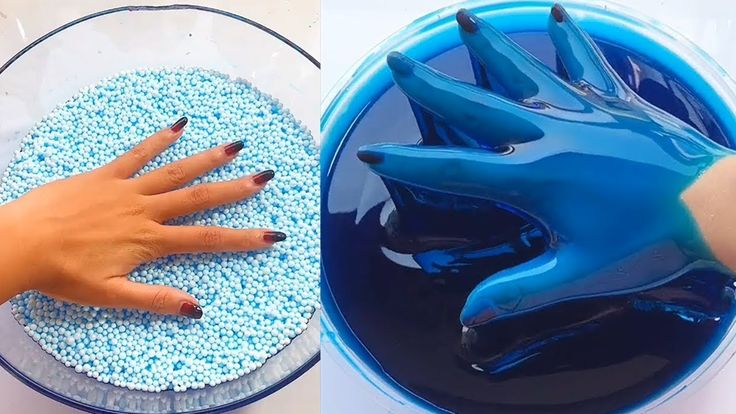 Between the silicone of the splint, a tube can still be inserted through which the patient can breathe immediately after the operation. The septal splint stays in the nose for about 5-7 days, during which time the nasal septum takes its position.
Between the silicone of the splint, a tube can still be inserted through which the patient can breathe immediately after the operation. The septal splint stays in the nose for about 5-7 days, during which time the nasal septum takes its position.
Recently, septal splints or intranasal splints have been an integral part of nasal septal surgery. In septoplasty, rhinoseptoplasty and closure of perforations of the nasal septum, the final stage of the operation is the placement of septal splints on either side of the nasal septum.
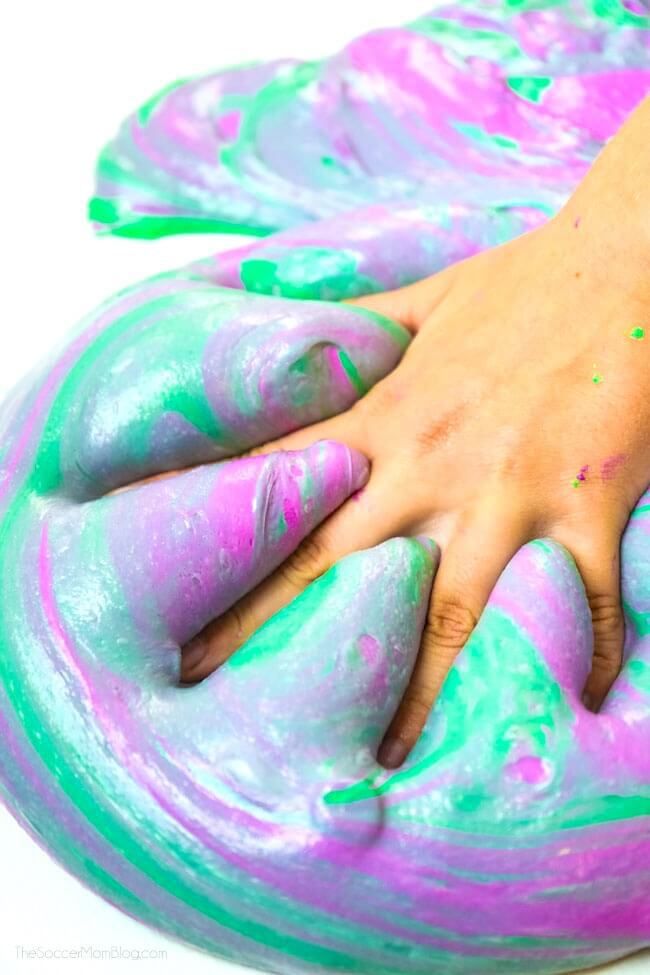 And due to the fact that they are made of silicone, all the pathological contents in the nose do not find adhesion and are easily washed off with a nasal shower.
And due to the fact that they are made of silicone, all the pathological contents in the nose do not find adhesion and are easily washed off with a nasal shower. 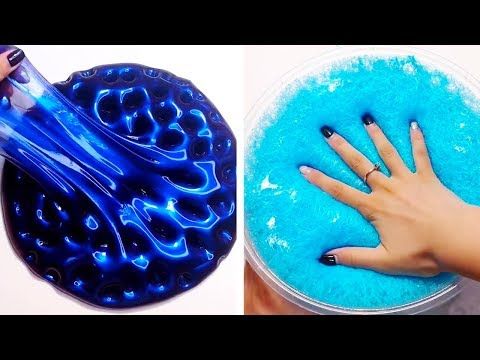
 But still, it should be remembered that it is up to the surgeon to decide whether to pack the nasal cavity or not, depending on the circumstances after the installation of the splints.
But still, it should be remembered that it is up to the surgeon to decide whether to pack the nasal cavity or not, depending on the circumstances after the installation of the splints. Often in the postoperative period, patients experience pain in the nose. This is due to both the surgical effect itself and the presence of tampons in the nose. If the pain is severe, the doctor may prescribe opioid-containing narcotic painkillers - such as tramadol, promedol. Most often, patients themselves refuse opioid analgesics. In this case, doctors use non-steroidal anti-inflammatory drugs: ketorol, diclofenac, analgin. However, these drugs are contraindicated in the deterioration of blood clotting, and an increase in the risk of postoperative bleeding, so doctors do not recommend the frequent use of these drugs, especially in the first days after surgery.
To reduce pain after septoplasty, it is recommended to raise the head end of the bed if the patient is undergoing rehabilitation in a hospital.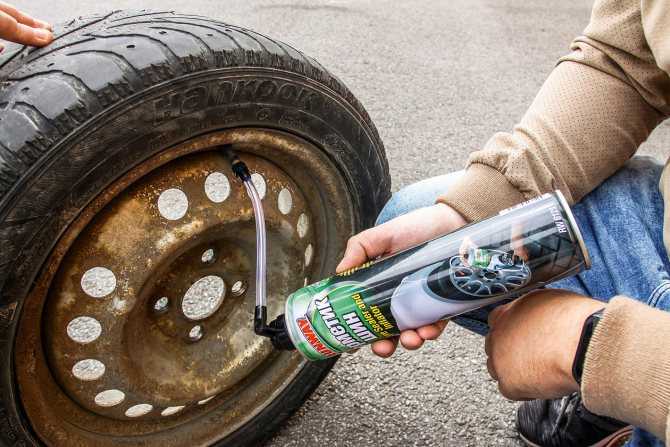 At home, you need to lie with an elevated head end, using 2-3 pillows for this. It is also recommended to apply ice 2-3 times a day for 5-10 minutes to the area of the bridge of the nose and forehead.
At home, you need to lie with an elevated head end, using 2-3 pillows for this. It is also recommended to apply ice 2-3 times a day for 5-10 minutes to the area of the bridge of the nose and forehead.
In the postoperative period, do not touch the nose, especially avoid pressing on the tip of the nose. This can cause severe pain and will cause poor tissue healing in the postoperative area. Also, trauma to the nose after septoplasty often causes displacement of the nasal septum to the side.
During the rehabilitation period, antibiotics are prescribed to reduce the risk of infection. Usually these are antibiotics of the penicillin series. It is necessary to strictly observe the time of taking and the dose of antibiotics prescribed by the doctor.
The day after the removal of tampons, it will be necessary to use vasoconstrictive nasal drops, such as xylometazoline, nazivin and saline nasal solutions (Aqualor, Dolphin). Vasoconstrictor drugs are prescribed to reduce swelling in the nose and expand the nasal passages. This improves nasal patency during nasal douching with saline solutions. Salt solutions wash out mucus, frozen blood, crusts from the nose, speeding up recovery. On average, vasoconstrictor drops and nasal douche are prescribed for 5-7 days.
Vasoconstrictor drugs are prescribed to reduce swelling in the nose and expand the nasal passages. This improves nasal patency during nasal douching with saline solutions. Salt solutions wash out mucus, frozen blood, crusts from the nose, speeding up recovery. On average, vasoconstrictor drops and nasal douche are prescribed for 5-7 days.
The postoperative period lasts for 3 weeks after the operation. At this time, the main thing is to speed up the metabolism in the body, which will speed up recovery. To do this, the patient is assigned to drink plenty of fluids - up to 3 liters of fluid per day, and moderate walking - 3-4 hours during the day. However, you should not engage in physical exercises and strain - physical activity is contraindicated during the entire period of rehabilitation.
The doctors of our clinic have extensive experience in performing septoplasty operations.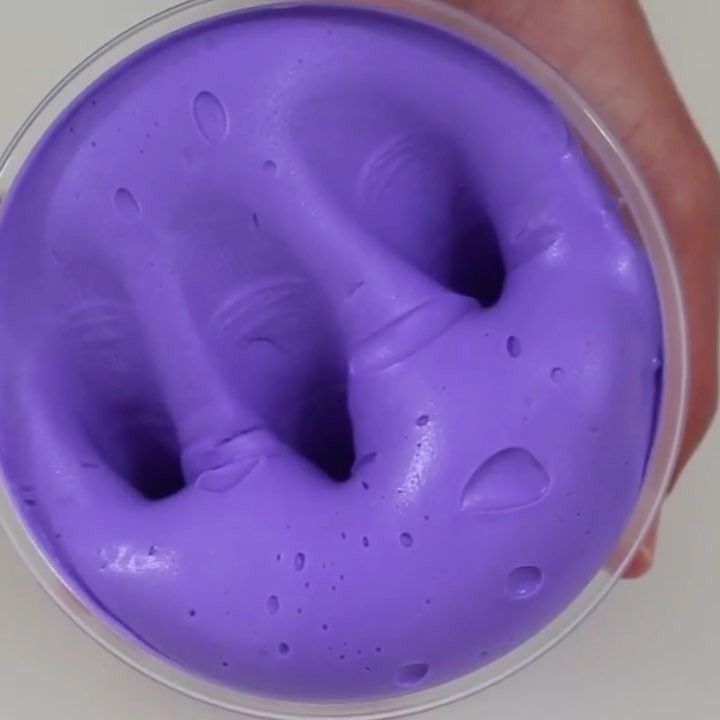 The modern techniques that our doctors possess allow not only to perform the operation using the latest advances in medicine, but also to ensure the comfort of the client in the postoperative period: significantly reduce pain and allow breathing immediately after surgery.
The modern techniques that our doctors possess allow not only to perform the operation using the latest advances in medicine, but also to ensure the comfort of the client in the postoperative period: significantly reduce pain and allow breathing immediately after surgery.
- Why is it necessary to put tampons in the nose after the operation?
At the end of the operation, the doctor places tampons in the nasal cavity to prevent bleeding. For this reason, the first day after the operation, you need to breathe through your mouth.
- Why does the nose bleed after surgery?
In the postoperative period, bloody discharge from the nose is considered normal during the first 12 hours after surgery.
- Why does the mouth dry after surgery?
You will experience dry mouth after the operation. This is due to the medications used during anesthesia.
- Why can't you blow your nose and sneeze during the rehabilitation period?
This can damage the healing tissue that has undergone surgery and lead to complications.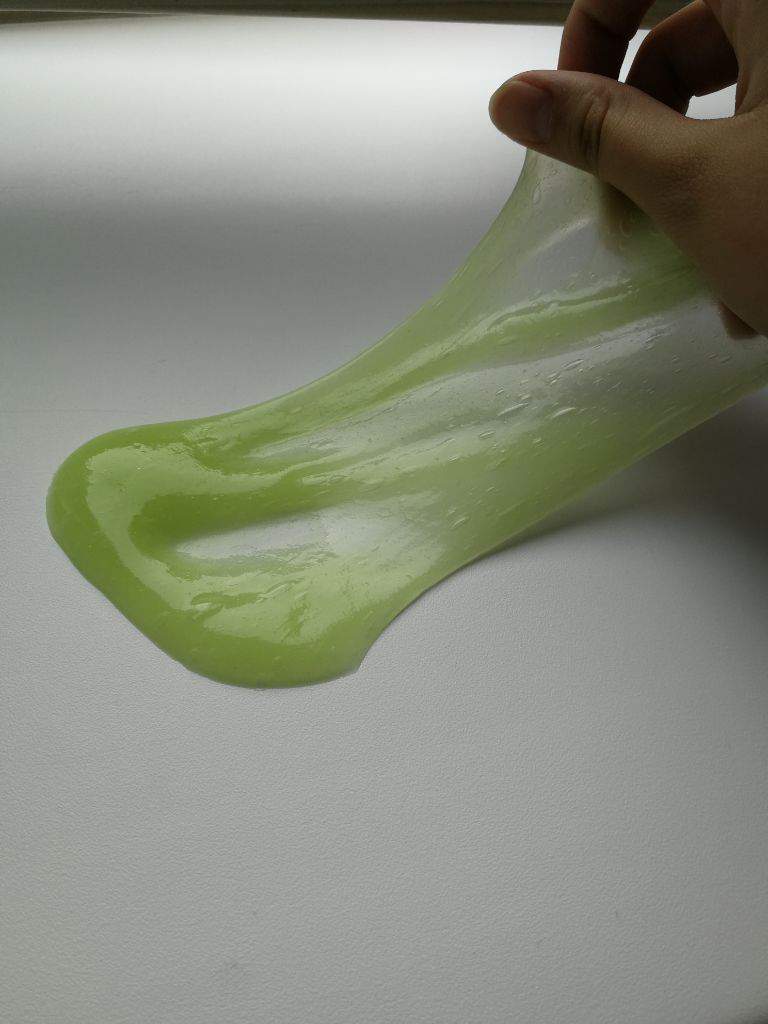 If you want to sneeze, then you need to sneeze with your mouth open, this will reduce the tension in the nasal cavity.
If you want to sneeze, then you need to sneeze with your mouth open, this will reduce the tension in the nasal cavity.
- Why do bruises occur in the cheeks and eyelids after surgery?
Rarely, but still there are such postoperative phenomena as slight swelling or bruising in the cheeks and eyelids. This occurs more often if, in addition to the nasal septum, a surgical effect was also performed on the paranasal sinuses. Typically, swelling increases on the second day and begins to subside over the next 5-6 days. Postoperative swelling and bruising do not indicate the quality of the operation and do not affect the postoperative result.
- For how long are splints installed?
After removing the tampons from the nasal cavity, silicone splints will remain in the nose. Usually they are placed for a period of 3 days to 2 weeks, depending on the goals set by the surgeon. Carefully read the doctor's instructions on how to clean the splints if they are dirty.
- How many times do you need to visit the doctor after the operation?
On average, 3-4 visits are needed in the rehabilitation period.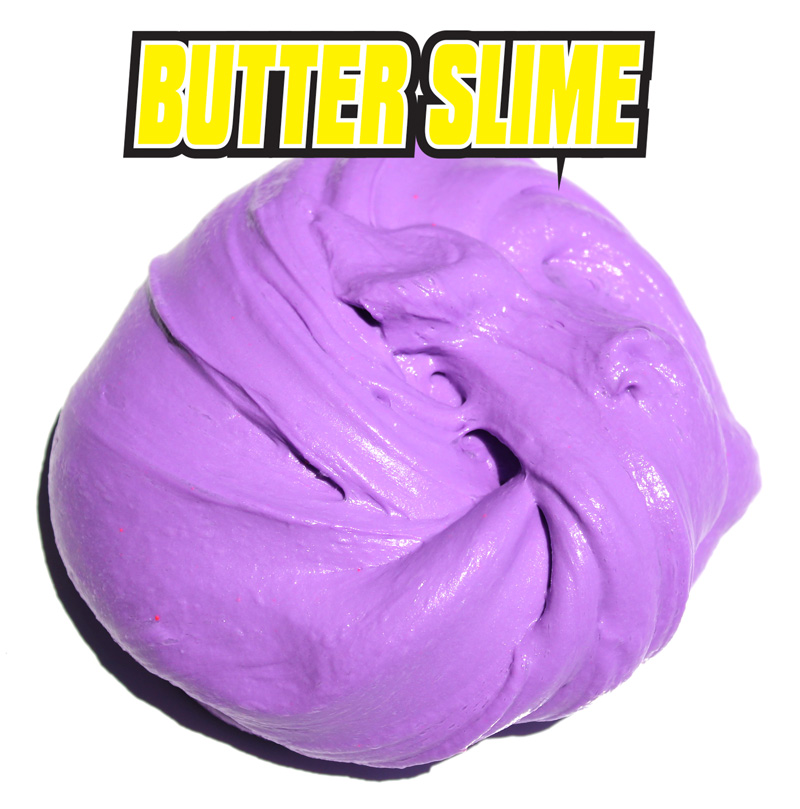 In the postoperative period, it is important to come to the doctor for examination and toilet of the nasal cavity. This helps to speed up the recovery of the respiratory function of the nose.
In the postoperative period, it is important to come to the doctor for examination and toilet of the nasal cavity. This helps to speed up the recovery of the respiratory function of the nose.
- Why does a pinkish liquid similar to blood flow from the throat and nose after septoplasty?
Within a few days after the operation, a pinkish-reddish liquid may come out of the nose and throat - this is a bloody discharge. Over time, the amount of such discharge will decrease until it stops completely. But do not confuse such a discharge with bleeding, which often appears after surgery. If there is prolonged bleeding from the nose, you should immediately consult a doctor.
- What should I do if my nose hurts a lot after tamponation?
After surgery, patients complain of discomfort caused by nasal tampons. In case of pain, it is necessary to take painkillers prescribed by a doctor.
- What should I do if the formed crusts in the nose cause pain or interfere?
Scabs around the nostrils can be gently peeled off without having to go inside. This is done with cotton swabs dipped in a 3% hydrogen peroxide solution.
This is done with cotton swabs dipped in a 3% hydrogen peroxide solution.
- Ears and head hurt very much after the operation, what is the reason for this?
Ear and head discomfort is a normal postoperative condition. In this case, you need to ask the doctor to prescribe an anesthetic.
- What is the risk of infection in the nasal cavity after septoplasty?
After septoplasty, the risk of infection of the postoperative wound is very low. However, if you are concerned about nasal pain, swelling, redness around the nose, and a body temperature that rises to 38 degrees Celsius, this may be a sign of an infection. This must be reported to the doctor and come for an examination.
- Why does my throat hurt after septoplasty?
One of the most common complaints after surgery is a sore throat. This is due to the fact that during anesthesia a special tube is installed in the throat. After its removal, unpleasant sensations in the throat may remain. The sensations usually go away within a few days.
- Lips and teeth become numb after septoplasty. What is it connected with?
Feeling of numbness in the area of the teeth and upper lip often worries the patient. This is due to swelling of the nerve endings. You shouldn't be afraid of this. The sensation usually returns within a few weeks.
- What should be avoided during the rehabilitation period?
It is necessary to limit physical activity for 2-3 weeks after the operation, avoid tilting your head down, do not lift heavy objects, do not push. Avoid hot water procedures (baths, saunas, etc.).
- Can I smoke during the rehabilitation period?
Smoking in the postoperative period is also contraindicated, as well as being in rooms with tobacco smoke, as it causes swelling and impairs the healing of the operated tissues.
- How much does it cost to abstain from alcohol after surgery?
It is strictly forbidden to drink alcoholic beverages during the first 10 days after the operation - if you drink alcohol, the risk of bleeding from the operated surfaces increases significantly!
Download Instructions after Septoplasty.